Beetles come in a wide variety of vibrant colors and intricate designs. These remarkable insects, found in diverse habitats, often captivate with their exotic appearances. From metallic sheens to striking patterns, each beetle showcases nature’s artistry. The following list explores some of the most stunning beetles known for their eye-catching coloration and unique design.
Jewel Beetle (Chrysochroa rajah)
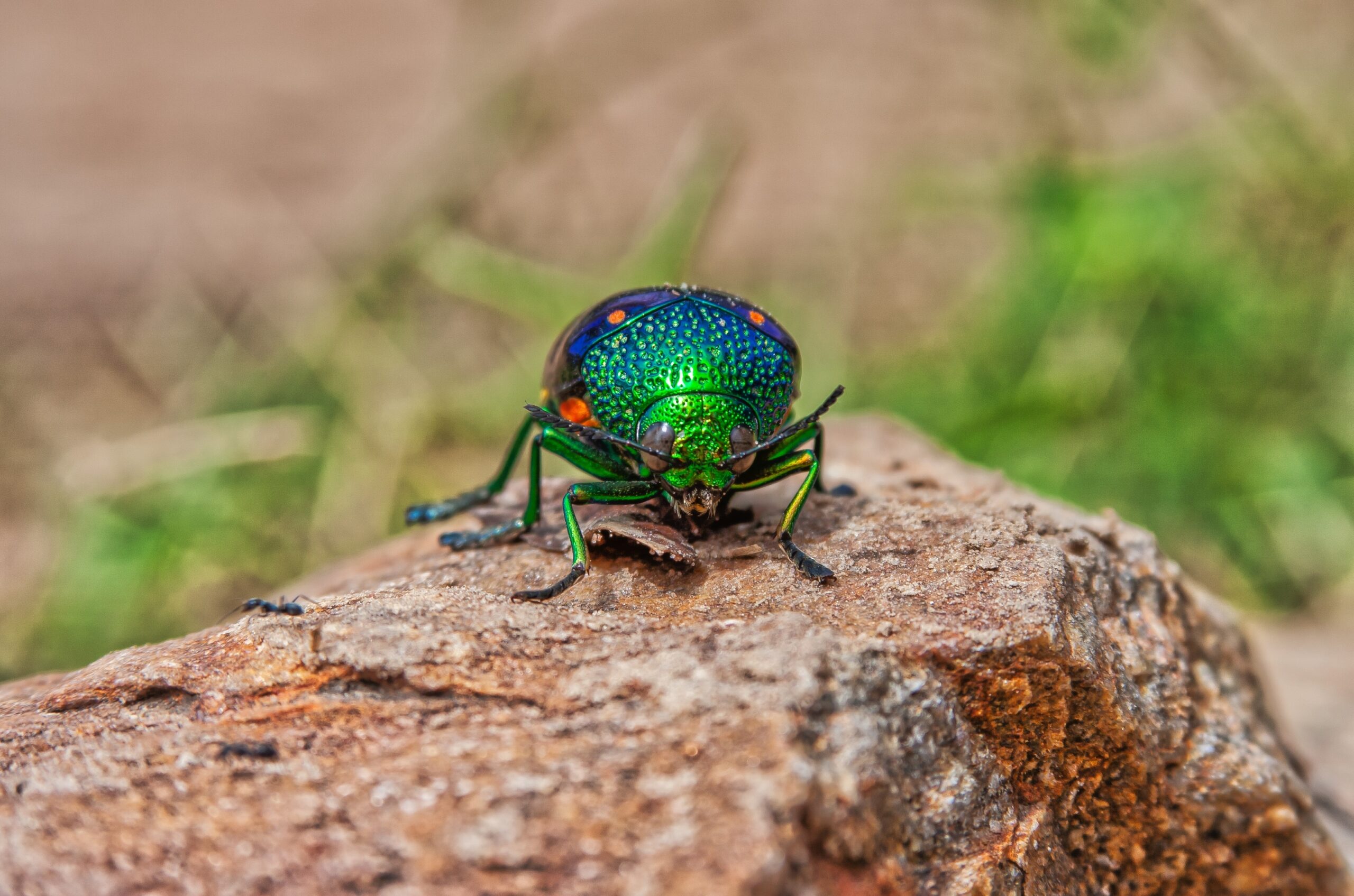
The Jewel Beetle lives up to its name with a metallic, iridescent sheen. Its colors shift between shades of blue, green, and violet depending on the angle of light. The body is elongated, with intricate textures and smooth curves. Native to Southeast Asia, this beetle often decorates tree trunks with its shimmering presence. Its wings are especially reflective, adding to its jewel-like appearance.
Rainbow Stag Beetle (Phalacrognathus muelleri)
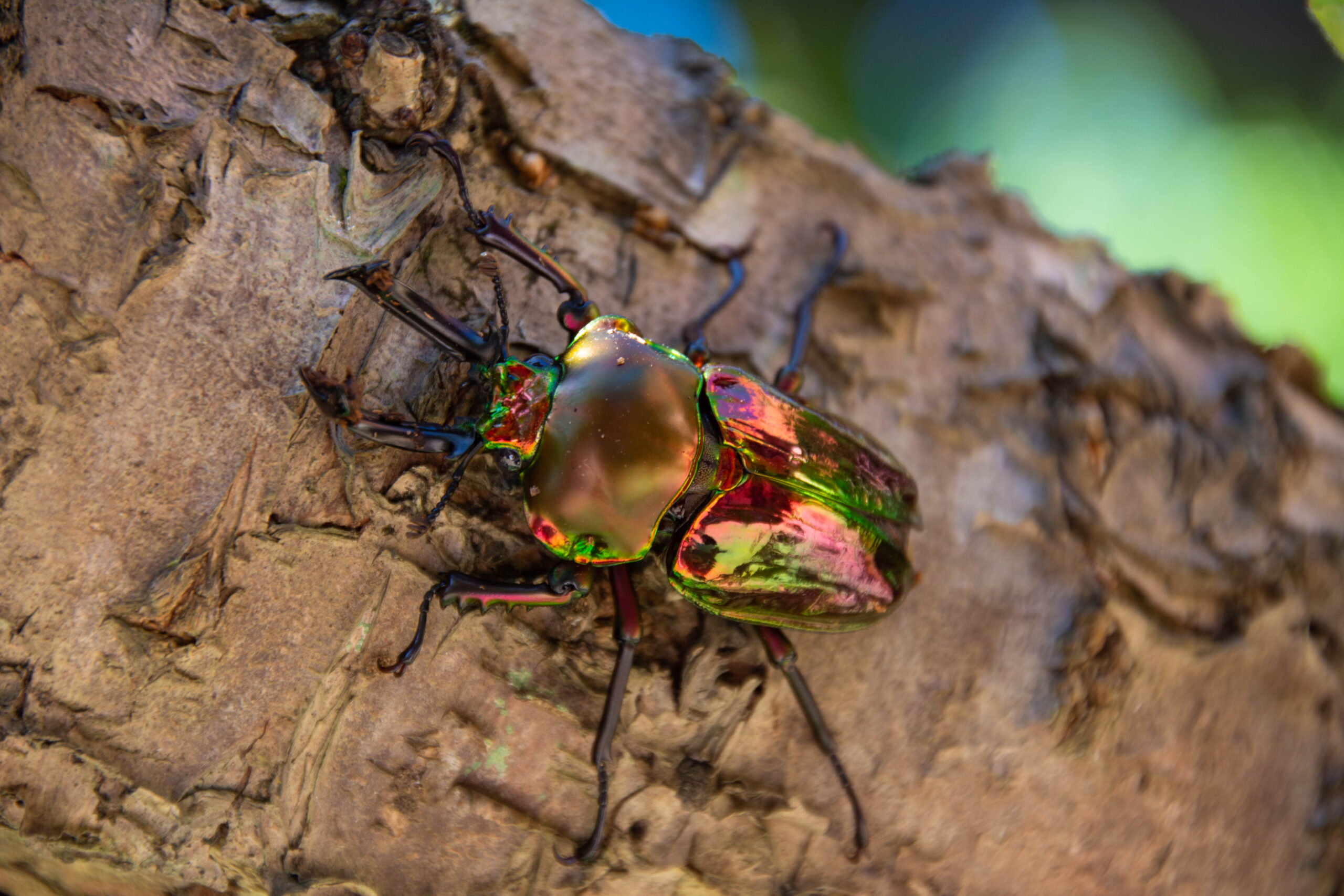
This beetle is known for its vibrant metallic hues, ranging from deep greens to bright purples. The Rainbow Stag Beetle also features large, prominent jaws, especially in males. Found in Australia, it thrives in forested areas. Its sturdy, shining exoskeleton makes it a favorite among beetle enthusiasts. The beetle’s rainbow-like surface truly sets it apart.
Fiery Searcher Beetle (Calosoma scrutator)
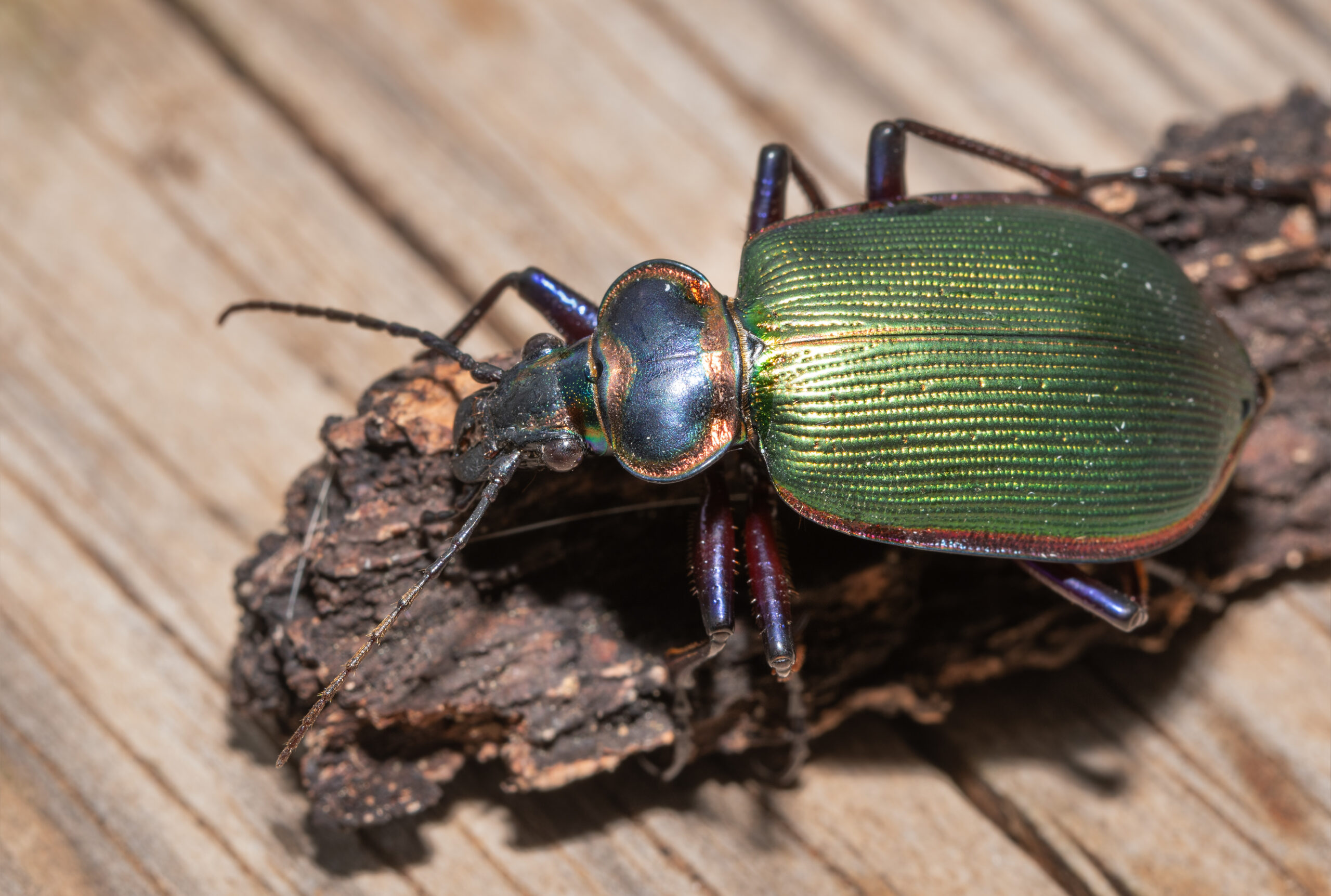
The Fiery Searcher Beetle is striking with its bright, metallic green body. Its legs and antennae contrast in vivid red and purple tones. This beetle is often seen hunting caterpillars, living up to its name as an active predator. Its shiny, smooth exoskeleton helps it stand out in forested habitats. The combination of green and fiery colors gives it a unique look.
Metallic Green Weevil (Eurhinus magnificus)
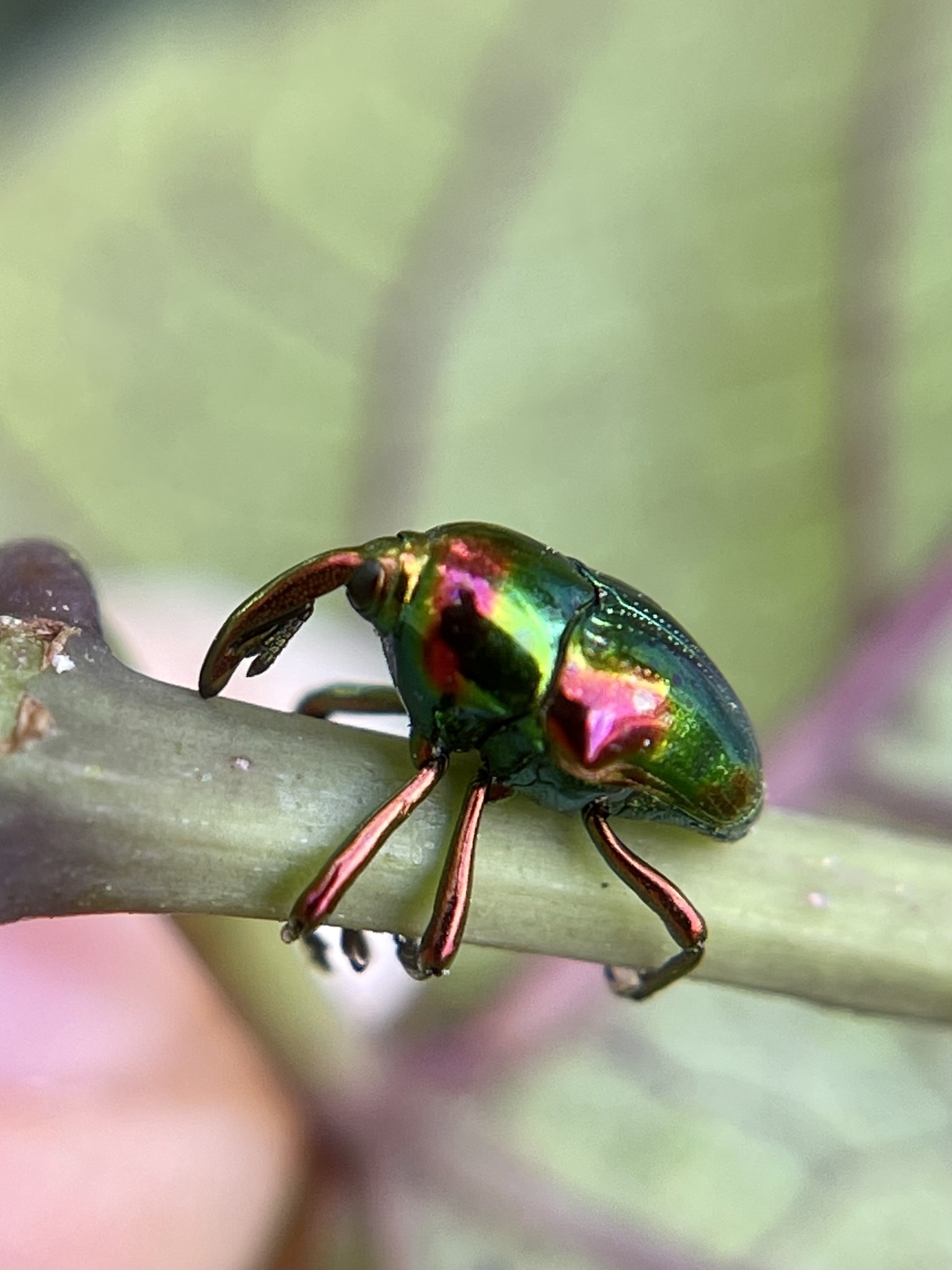
The Metallic Green Weevil dazzles with its bright green exoskeleton. Its body is compact and covered in fine, textured scales. Found in South American forests, this beetle easily blends into foliage despite its shiny exterior. The weevil’s rounded shape and small size make it an interesting sight among leaves. Its metallic surface reflects light, adding an extra touch of beauty.
Picasso Bug (Sphaerocoris annulus)
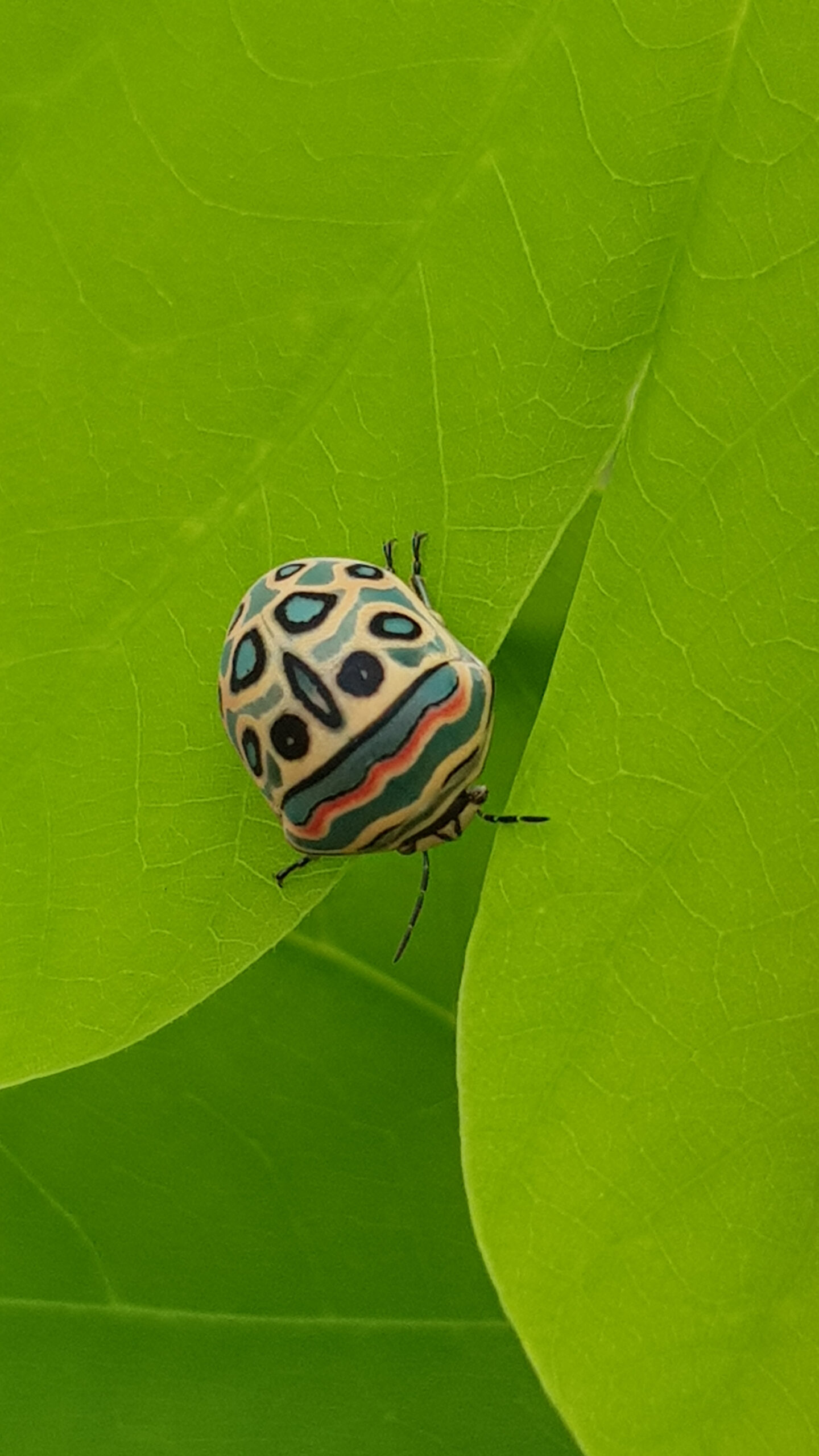
The Picasso Bug is renowned for its unique pattern of bright circles and lines. Its colors, typically green with black and orange accents, create a modern art look. The rounded, dome-shaped body resembles a tiny piece of abstract artwork. Found in parts of Africa, it’s often seen on plants where it feeds. This beetle’s distinct design makes it truly unforgettable.
Blue Mint Beetle (Chrysolina coerulans)
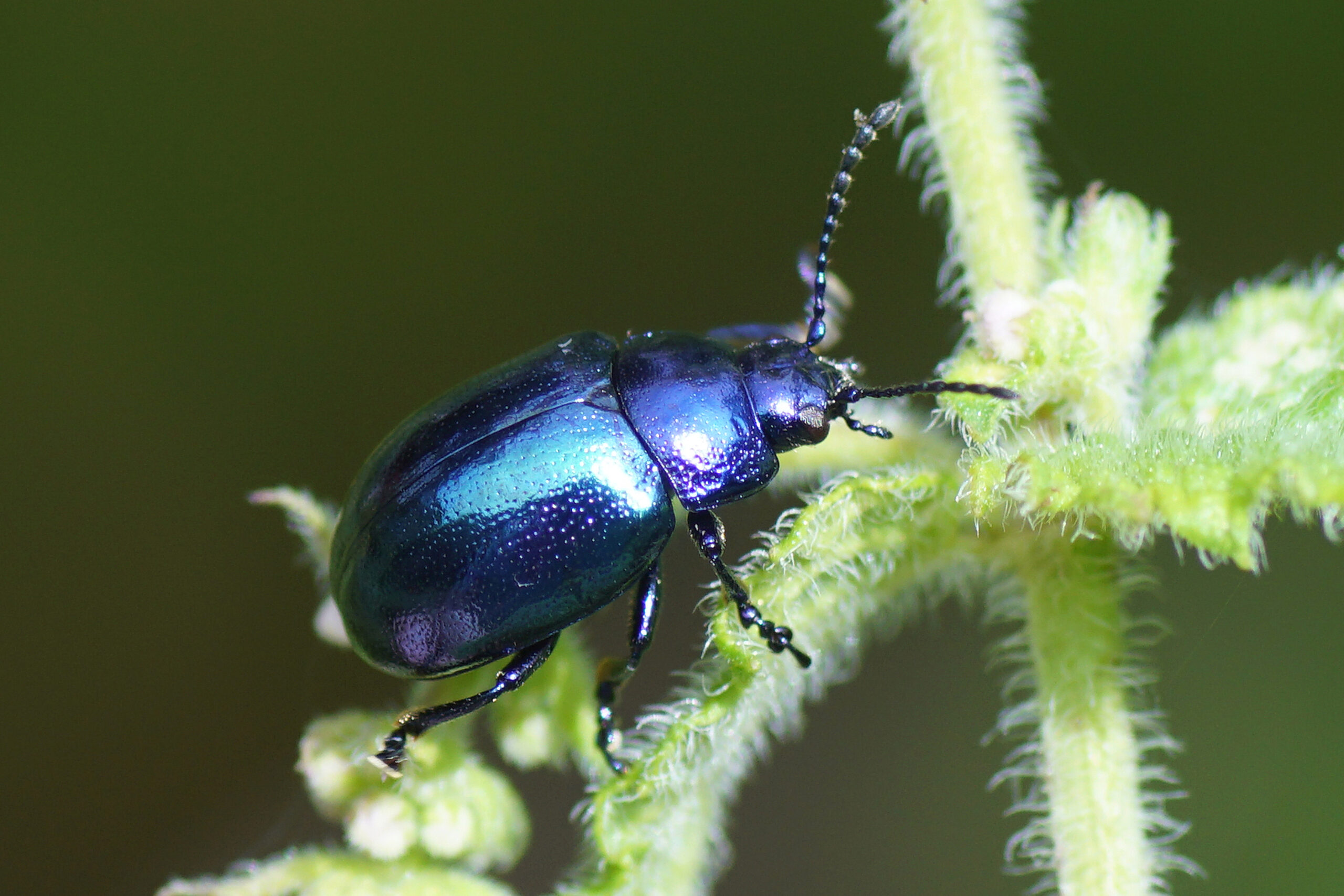
The Blue Mint Beetle catches the eye with its bright, metallic blue hue. Its oval-shaped body glistens under sunlight, making it hard to miss. This beetle is often found on mint plants in Europe, where it feeds on the leaves. Its smooth, glossy surface and deep blue color make it a standout in gardens. The contrast of its blue against green leaves is striking.
Golden Tortoise Beetle (Charidotella sexpunctata)
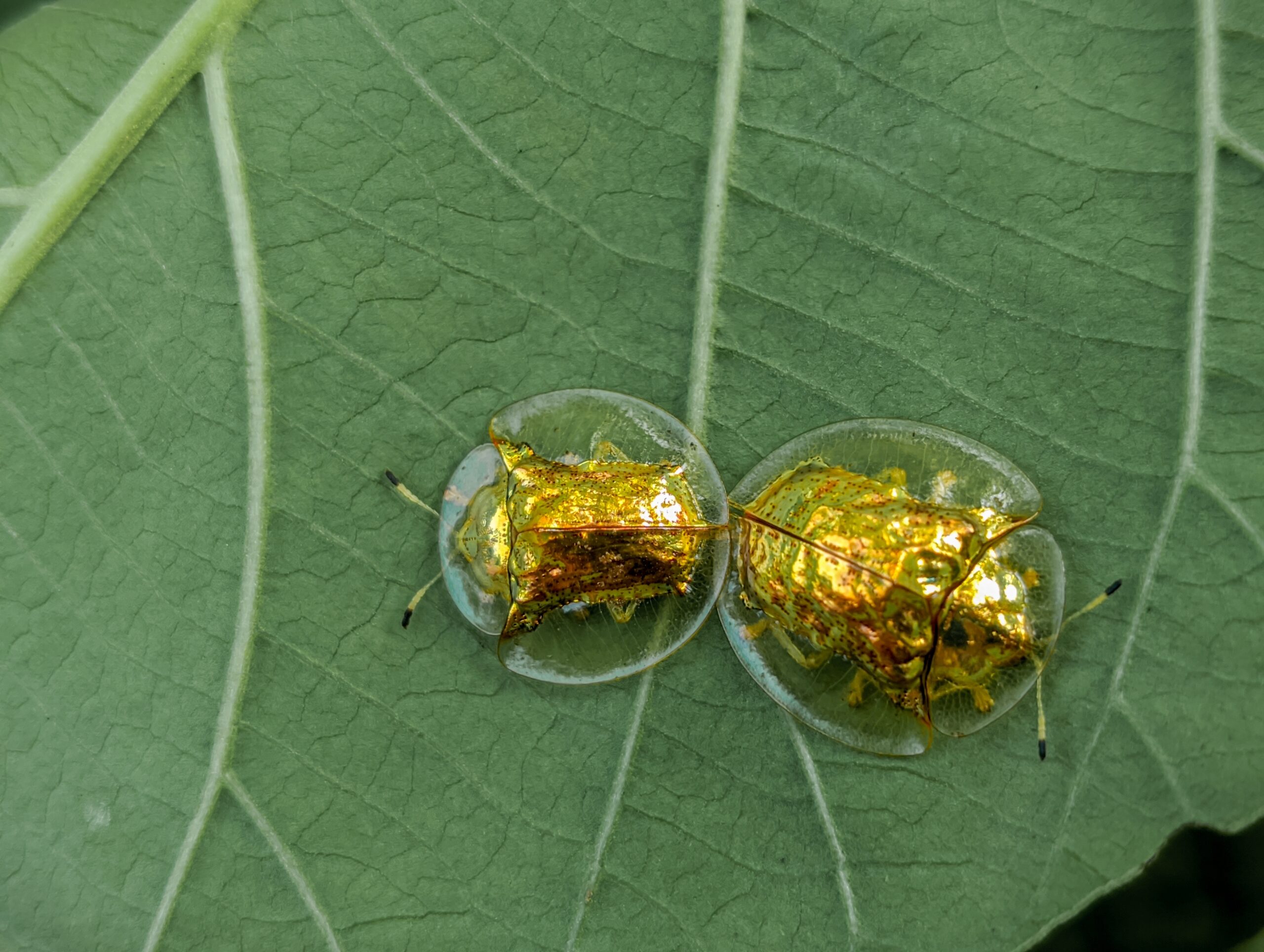
This beetle is known for its shiny, gold-colored exoskeleton, resembling a small piece of jewelry. The Golden Tortoise Beetle changes color depending on its mood, from bright gold to dull brown. It’s often found on morning glory and bindweed plants in the Americas. Its rounded, shield-like body provides protection and adds to its unique appearance. The ability to change color makes this beetle even more intriguing.
Flower Beetle (Stephanorrhina guttata)
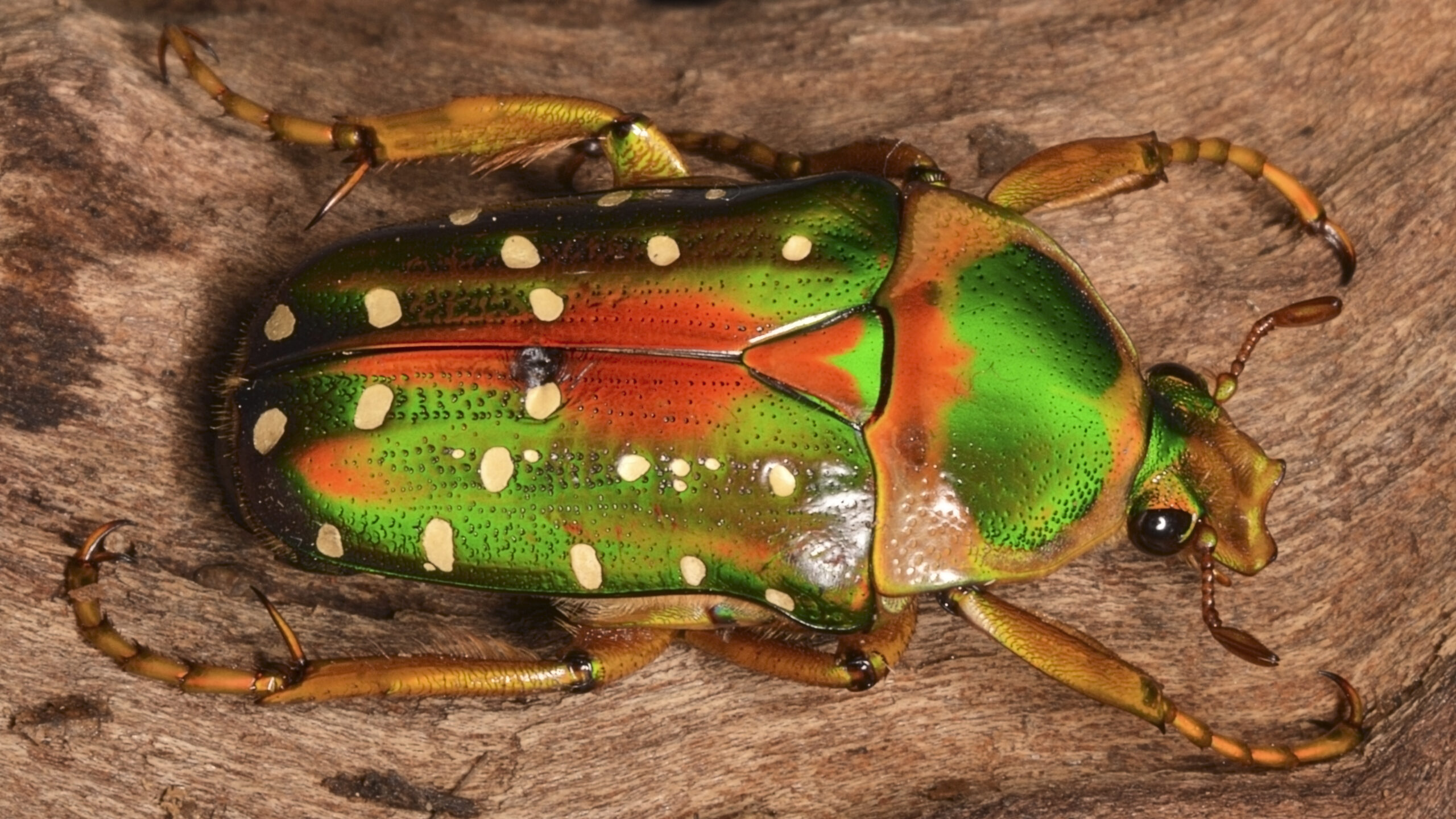
The Flower Beetle stands out with its bright green and red metallic shell. White spots scattered across its body add to its decorative look. Found in Africa, this beetle is often spotted on flowers, feeding on nectar and pollen. Its smooth, reflective shell shines brilliantly under the sun. The vibrant contrast of colors gives this beetle an almost jewel-like quality.
Madagascan Sunset Moth Beetle (Chrysina aurigans)
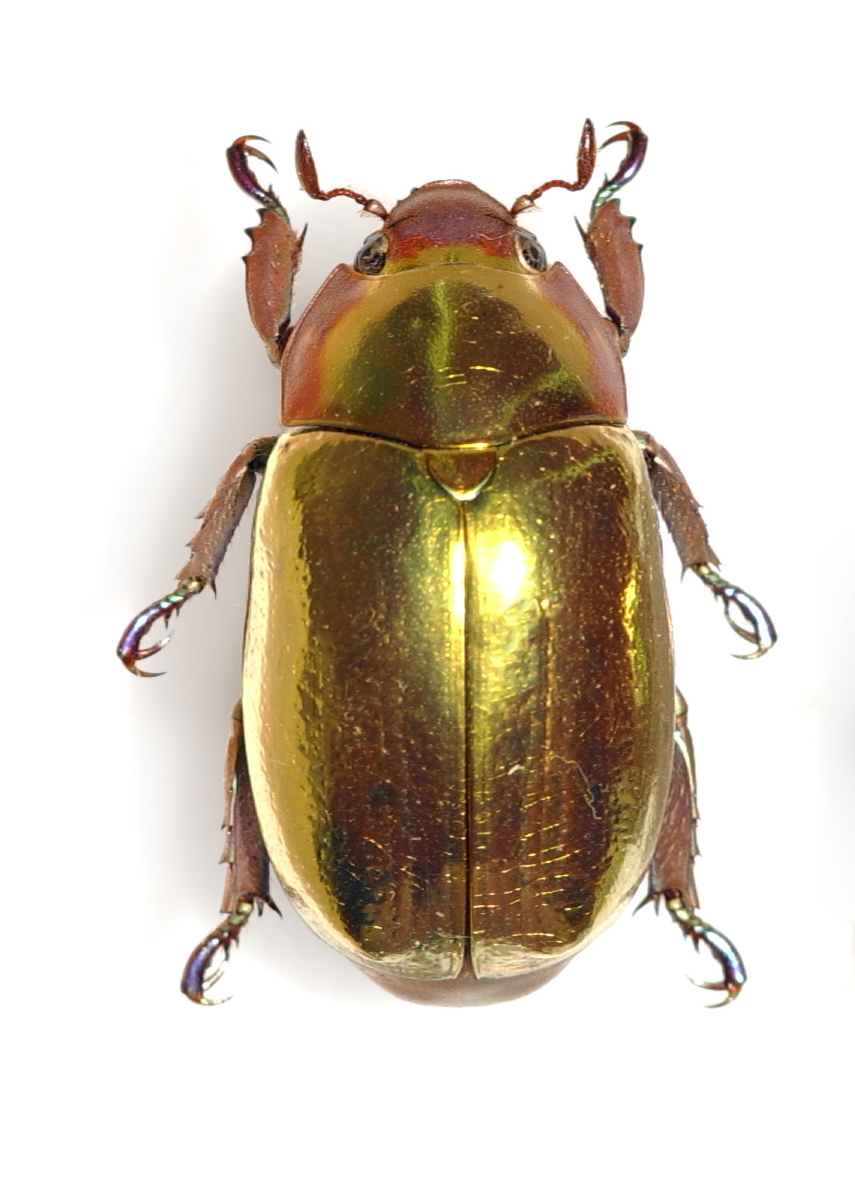
This beetle’s vibrant metallic green and gold body is breathtaking. The Madagascan Sunset Moth Beetle has a smooth, shiny exoskeleton that shimmers in the light. Its reflective surface gives it a jewel-like appearance, especially in the sun. Found in Madagascar, it mimics the bright colors of the famous sunset moth. Its striking coloration helps it blend into the vibrant environment while still making a bold statement.
Tiger Beetle (Cicindela campestris)
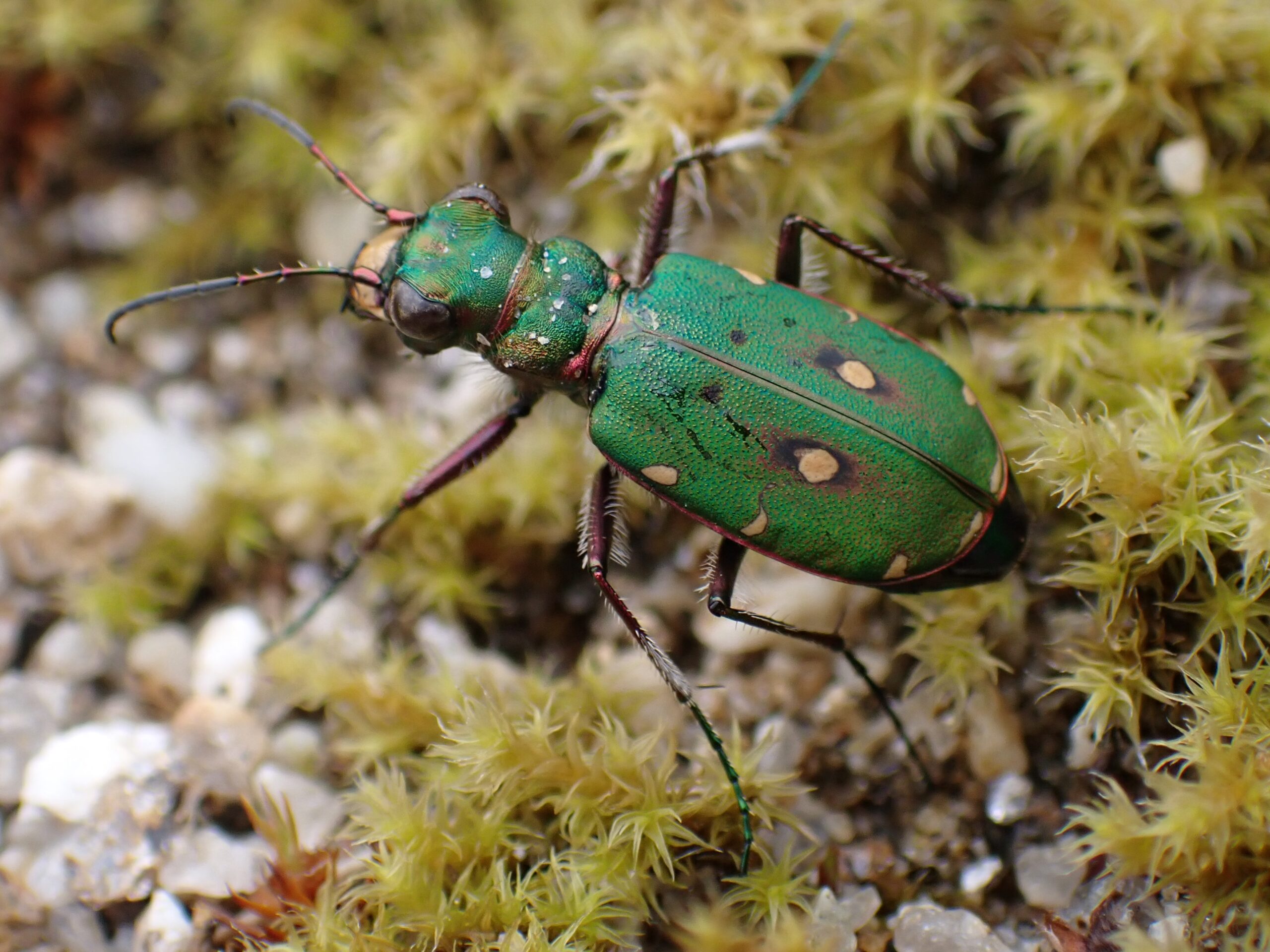
The Tiger Beetle is a fierce predator with a striking metallic green body. Its long legs and sharp mandibles make it an agile hunter. Found in grasslands across Europe, it is often spotted darting after prey. Its distinctive patterns of white spots on the green surface add to its eye-catching appearance. The beetle’s speed and agility, combined with its vibrant color, make it both a visual and predatory marvel.
Elephant Beetle (Megasoma elephas)
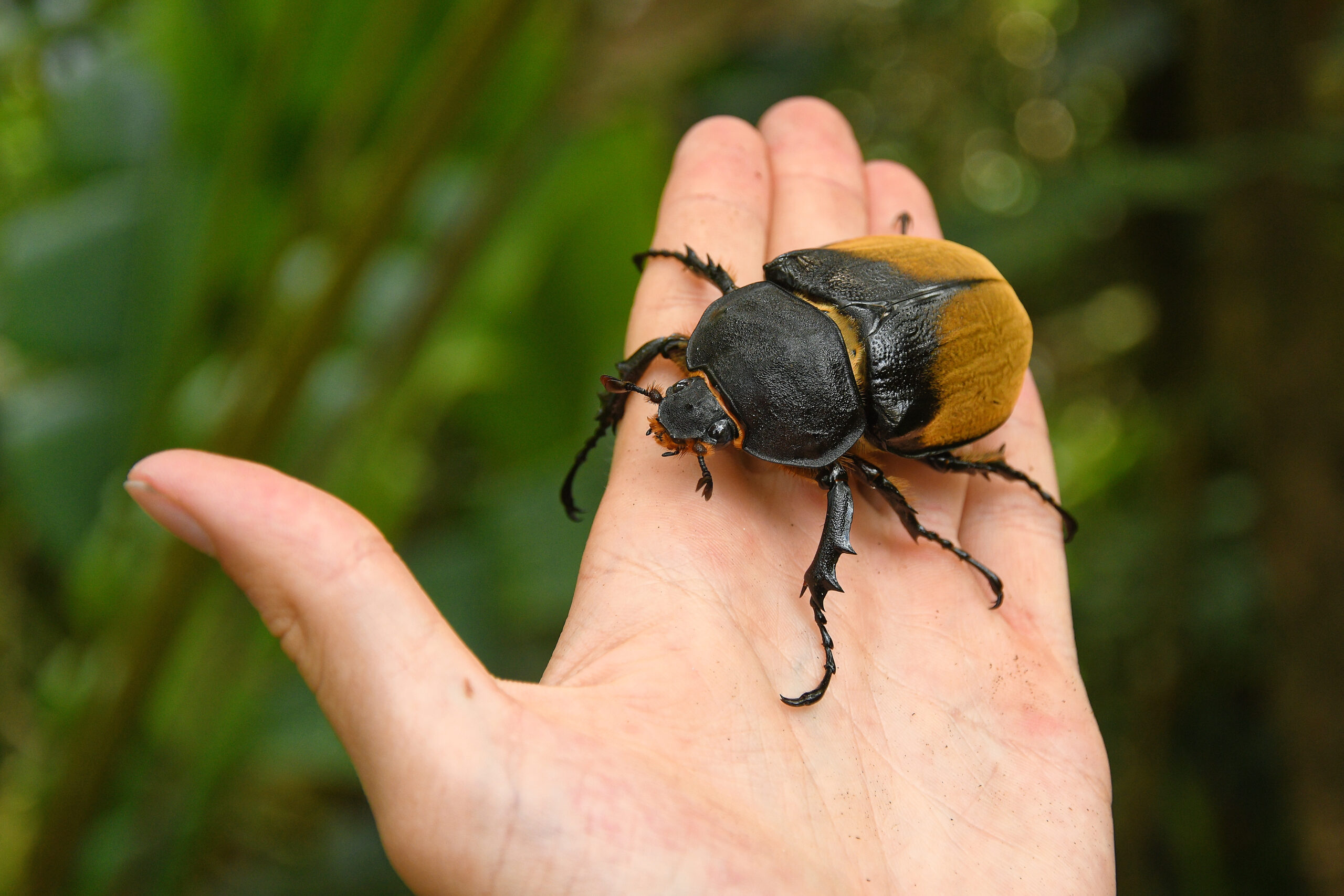
This beetle is massive, with a robust black body and long, curved horns. The Elephant Beetle gets its name from its large, elephant-like structure. Found in Central and South American rainforests, it feeds on decaying wood. Despite its size, the beetle has a smooth, glossy surface that reflects light in subtle ways. Its powerful appearance and solid design make it a fascinating creature to observe.
Harlequin Flower Beetle (Gymnetis caseyi)
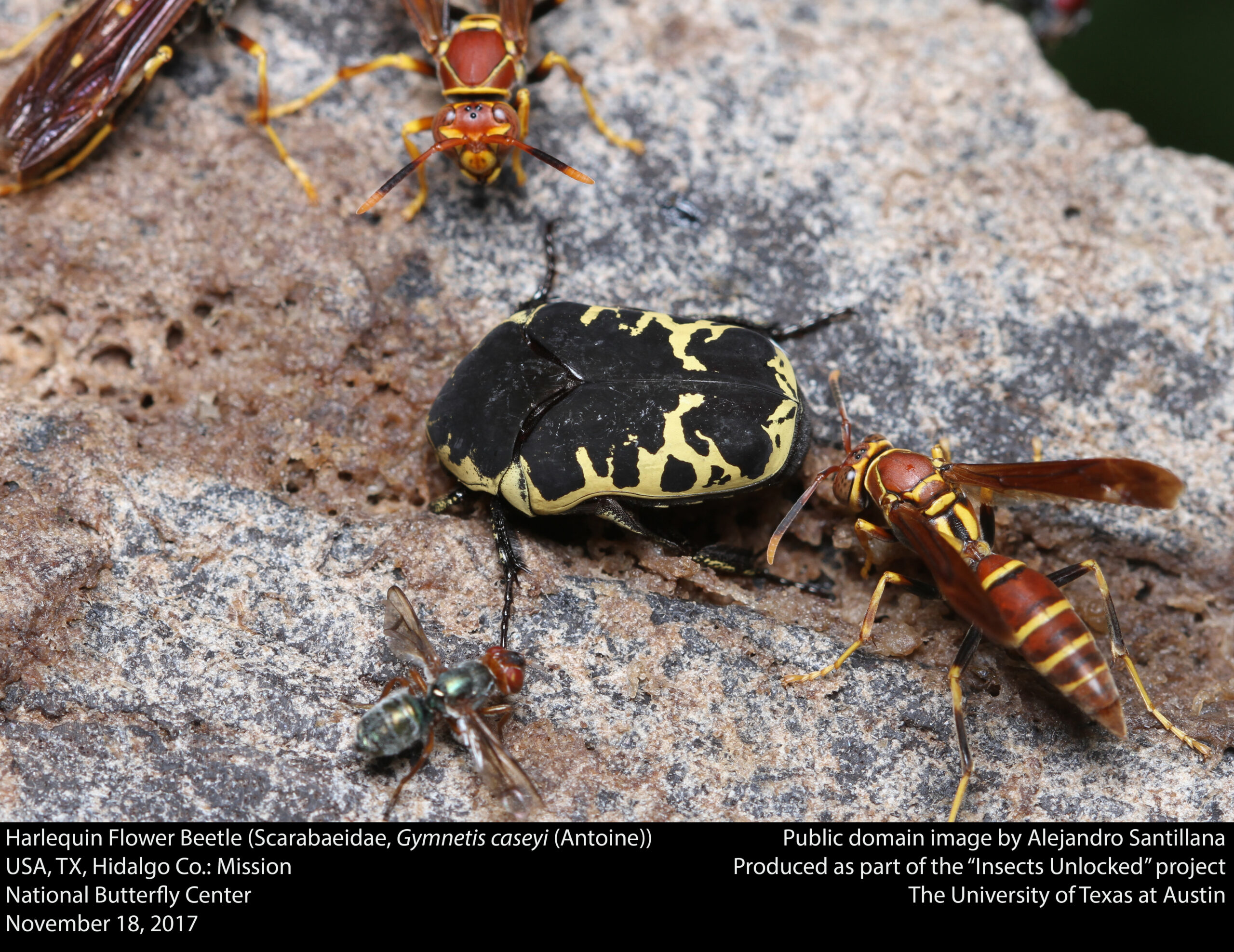
The Harlequin Flower Beetle is known for its striking black and white patterns. Its body is smooth, with large patches of contrasting colors that create a harlequin-like effect. Native to Central and South America, it feeds on flowers and fruits. Its unique coloration helps it stand out in its environment. The beetle’s bold design makes it a favorite among collectors and enthusiasts.
Green Jewel Beetle (Sternocera aequisignata)
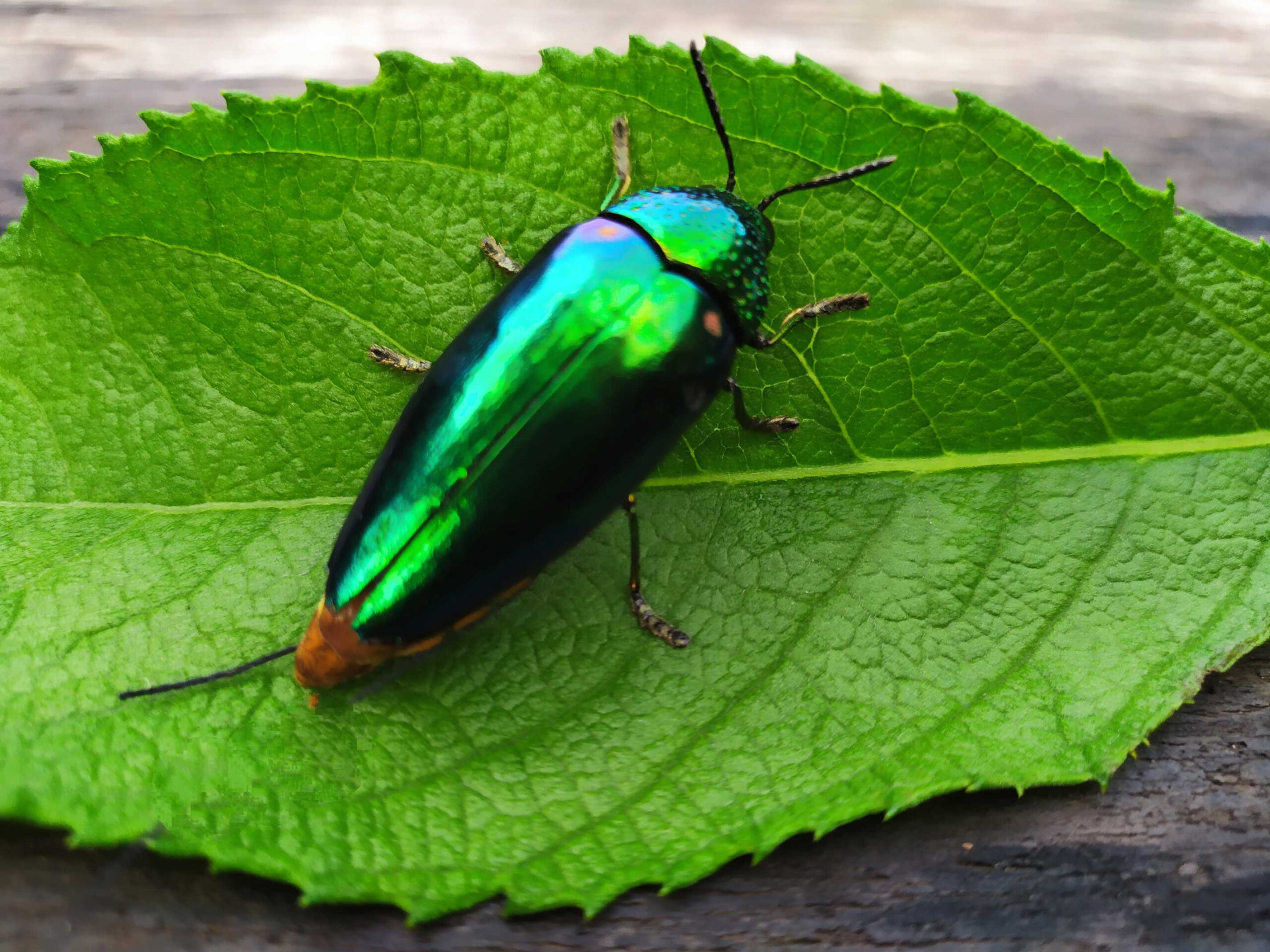
The Green Jewel Beetle shines with a brilliant metallic green body. Its elongated form and glossy, smooth surface reflect light, making it resemble a living gem. Native to Southeast Asia, this beetle is often found on flowering plants. Its bright green hue helps it blend into its surroundings while still catching the eye. The beetle’s shimmering appearance makes it a favorite among collectors.
Six-Spotted Tiger Beetle (Cicindela sexguttata)
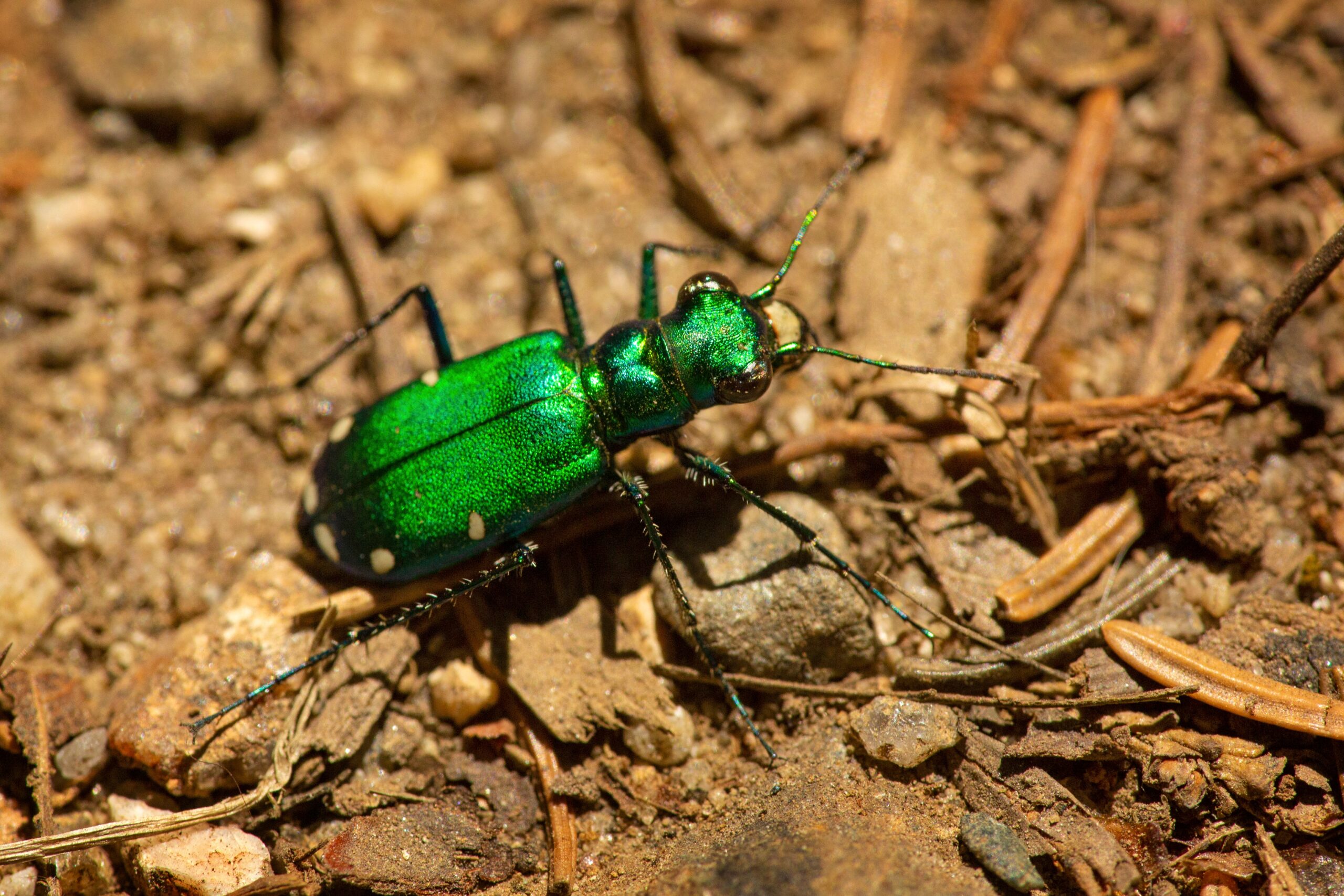
This beetle is known for its iridescent green body, marked with six white spots. Its long legs and strong mandibles make it an agile and efficient predator. Found in forests across North America, it hunts small insects on the ground. The beetle’s metallic sheen changes under different angles of light, adding to its striking look. Its speed and vibrant coloration make it both a visual and predatory marvel.
Blue Ground Beetle (Carabus intricatus)
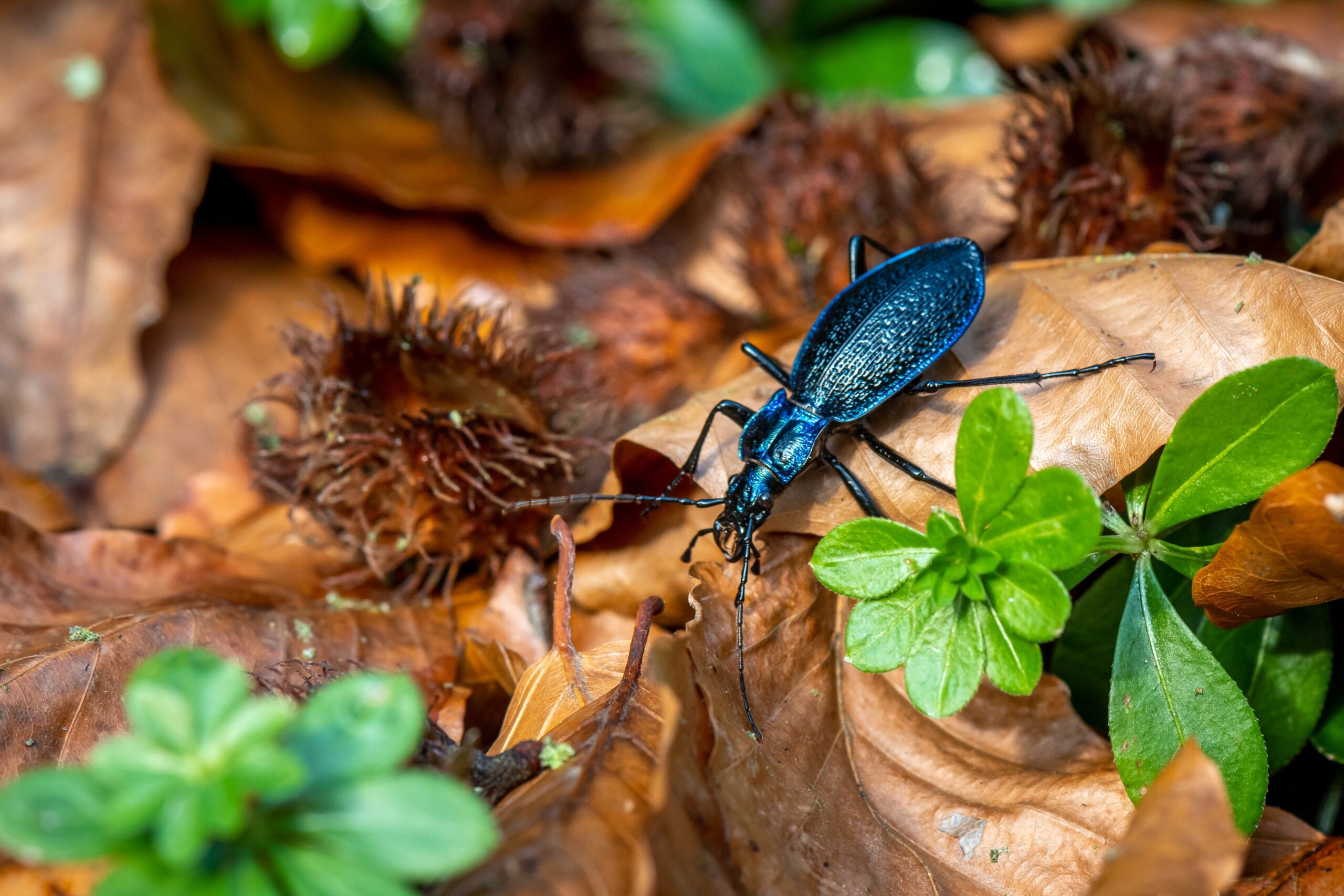
The Blue Ground Beetle is a rare and stunning species with a dark metallic blue body. Its surface is covered in intricate ridges and textures, giving it a unique design. Found in European forests, it thrives in moist environments. Its deep blue hue stands out against the forest floor, making it a rare sight for those lucky enough to find it. The beetle’s robust structure adds to its impressive appearance.
Emerald Ash Borer (Agrilus planipennis)
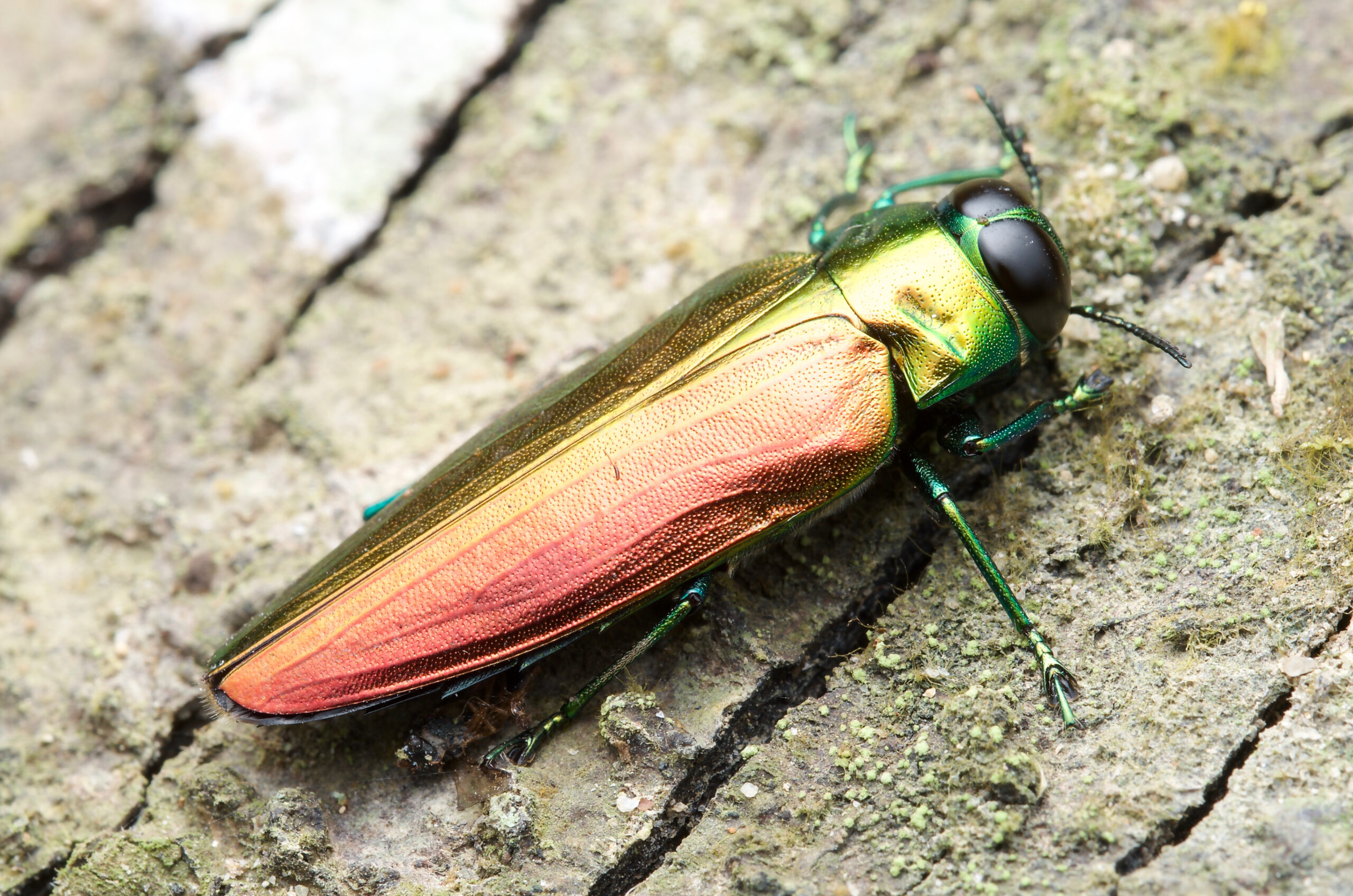
The Emerald Ash Borer is small but striking, with a metallic green body that gleams in the sunlight. Despite its small size, this beetle has caused significant damage to ash trees in North America. Its slender body and smooth surface make it difficult to spot in the wild. The beetle’s reflective green color is its most notable feature, drawing attention despite its harmful nature.
Malachite Beetle (Malachius bipustulatus)
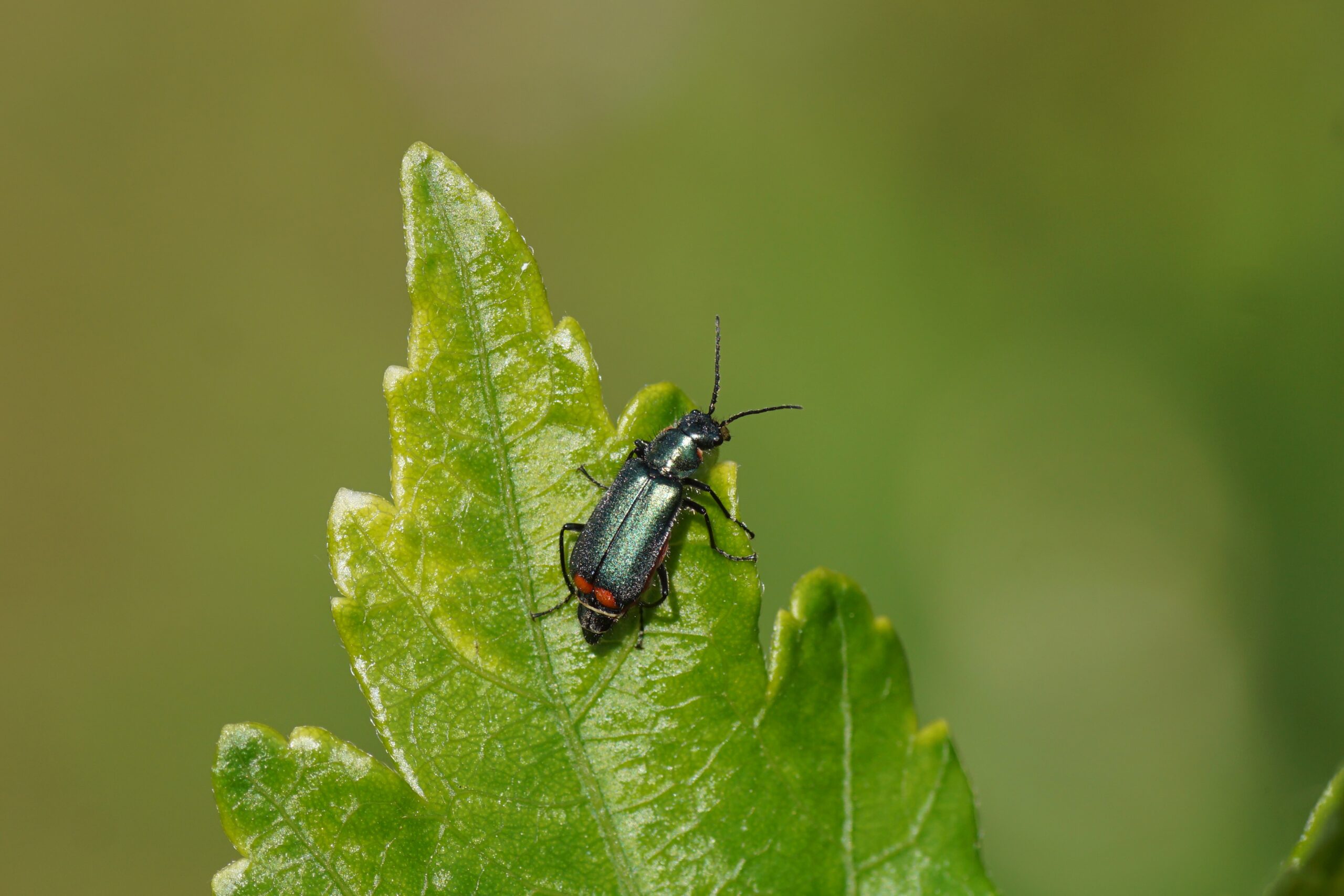
This beetle is easily recognized by its bright green body with reddish spots. Its compact, rounded form is covered in fine hairs, adding to its unique texture. Found across Europe, it often appears on flowers and foliage. The beetle’s vibrant green and red coloration provides a beautiful contrast against its environment. Its lively colors make it a charming addition to the world of beetles.
This article originally appeared on Rarest.org.
More from Rarest.org
1987 Lincoln Penny Value Guide

In terms of coin collecting, the 1987 Lincoln Penny is extremely current, and it is commonly encountered in change. Read More.
1990 Silver Eagle Dollar Value Guide
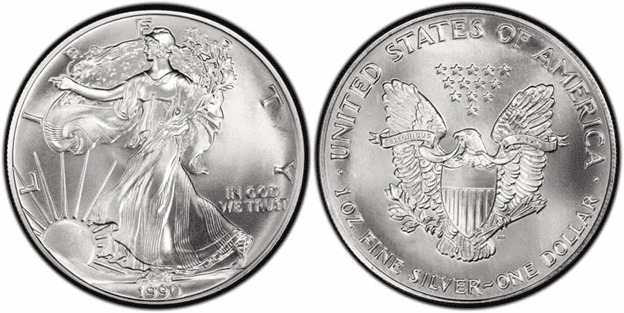
The 1990 silver dollar is made of 99.93% Silver and 0.007% Copper. It has a mass of 31.103 g, a diameter of 40.6 mm, a thickness of 2.98 mm, and a reeded edge. Read More.
16 Exotic Wildlife Spots Offering the Best Photo Opportunities

For wildlife enthusiasts and photography lovers alike, capturing the perfect shot of exotic animals in their natural habitat is a dream come true. Read More.
